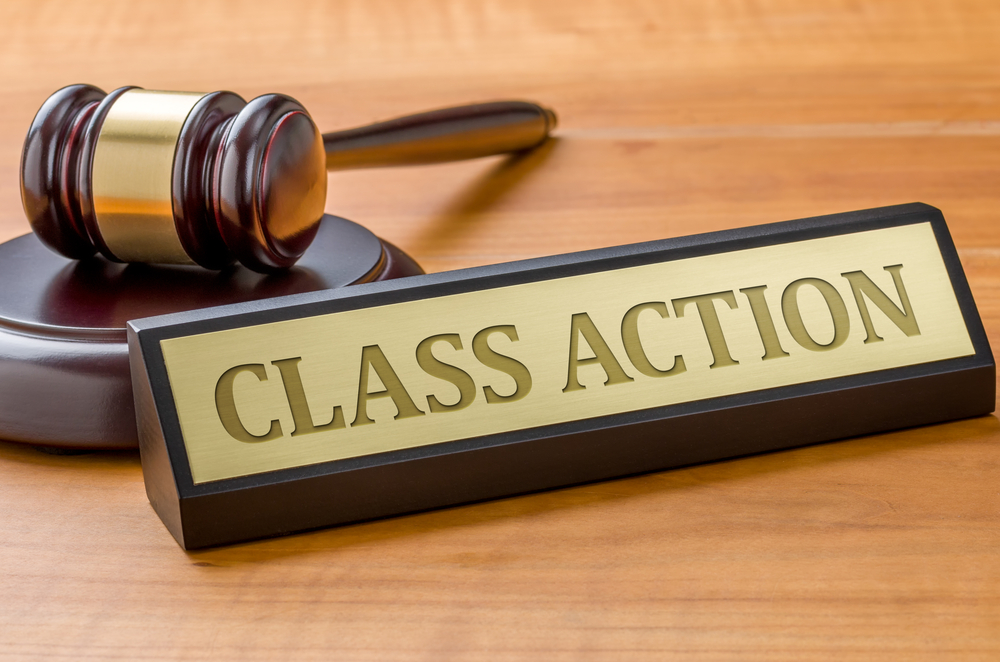Content provided by legal writers
Image Source: Unsplash
Understanding the nuances of personal injury law can seem daunting, especially when you’re dealing with the aftermath of an injury. What exactly constitutes a personal injury? And what steps should you follow if injured in your workplace? These questions require clear answers.
This guide will answer what a personal injury is and what steps you should take following a workplace accident. In these complex situations, it’s important to be informed and prepared.
What Counts as a Personal Injury?
Here are some examples of what counts as a personal injury:
- Assault and Battery: You have the right to live without fear of intentional harm. If someone has physically attacked or threatened you, it counts as a personal injury.
- Medical Negligence: When medical practitioners fail to provide adequate healthcare, causing harm or malpractice, that’s considered a personal injury.
- Toxic Exposure: If your health suffers due to exposure to harmful substances, often in residences or workplaces, then you can start a personal injury case.
- Product Liability: Manufacturers should ensure their products are safe for consumers. If they don’t and you’re injured as a result, that’s classed as a personal injury.
- Defamation or Libel: Damage isn’t always physical. Hurting your reputation by spreading false information can also qualify as a personal injury.
- Intentional Infliction of Emotional Distress: Deliberate actions causing severe emotional stress form part of what’s considered a personal injury.
While not all of these personal injury examples occur in the workplace, many of them do.
For example, personal injury caused by a car accident can be the fault of the employer if the employee crashes a vehicle due to general negligence (aka, the employer fails to maintain the vehicle. However, proving that your employer was at fault will require a lot of evidence.
If you’ve been involved in a car accident through no fault of your own, contact car accident lawyers like Vaughan & Vaughan. They can help gather evidence and protect your rights.
What Happens if You’re Injured in the Workplace?
Workplace injuries can be challenging and confusing moments for many. Here, we’ll guide you through what happens if you’re injured on the job and what steps you should take.
Step 1: Report the Injury
The first step following a workplace injury is to ensure that it gets reported. Reporting not only allows you to receive immediate medical assistance but also initiates the paperwork necessary for subsequent claims. Detail everything about the accident, including how it happened.
If you were injured, explain the extent of your injuries. It’s also important to notify your supervisor or employer directly and make sure an official report of your injury is filed within their system. Prompt reporting will help protect your rights and possible compensation down the line.
Step 2: Seek Medical Help
After a workplace injury, seeking immediate medical attention should be your priority. Even if the injury seems minor, consulting with a healthcare provider is essential. They can thoroughly examine you and assess any potential harm that may not be immediately apparent.
It’s crucial to explain to the doctor how your injury occurred at work so that it can be recorded in their notes (but ask them for a copy via email). Your prompt medical treatment and corresponding records could serve as vital evidence should you need to file a further claim.
Step 3: File for Workers’ Compensation
Once you’ve reported your injury and sought medical help, the next step is to file a claim for workers’ compensation. This insurance, provided by most large employers in all states, covers lost wages and medical expenses when an employee gets injured on the job.
Start by filling out the proper forms from your employer or human resources department. These typically require details about the incident, injuries sustained, and treatment received. It’s vital to complete this process promptly to ensure that you receive benefits in a timely manner.
Step 4: Consider Your Legal Options
As an employee injured at work, you may be entitled to more, but this is usually only the case if your employer doesn’t offer workers’ compensation. However, depending on your case, there might be other legal avenues worth exploring, so always consider every possibility.
You can consult with an experienced personal injury attorney who can guide you through complex laws relevant to your situation. They’ll help you understand your rights and fight for the compensation you deserve, given the circumstances surrounding your workplace injury.
In Conclusion…
Navigating the aftermath of an injury, particularly at work, can feel overwhelming. But remember, you’re not alone in this journey. Knowledge is power, and understanding your rights and options when it comes to personal injury is empowering. If you or someone you know has experienced such circumstances, don’t be afraid to reach out to professional services for help.
This content is provided by an independent source for informational purposes only and does not contain legal advice. Consult an attorney or financial advisor when making decisions. This information is provided by legal writers and does not reflect the views or opinions of The Daily Sundial editorial staff.








